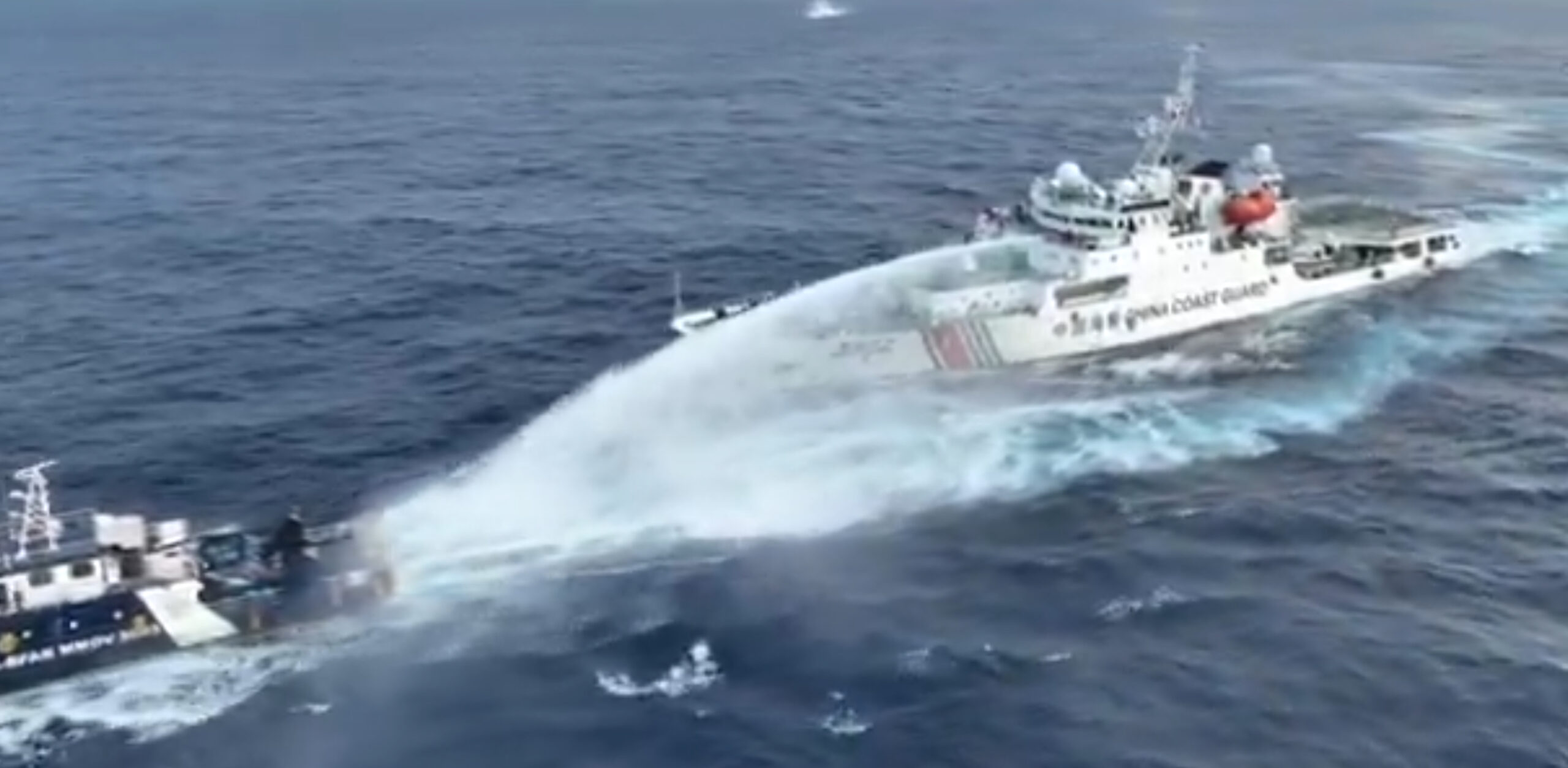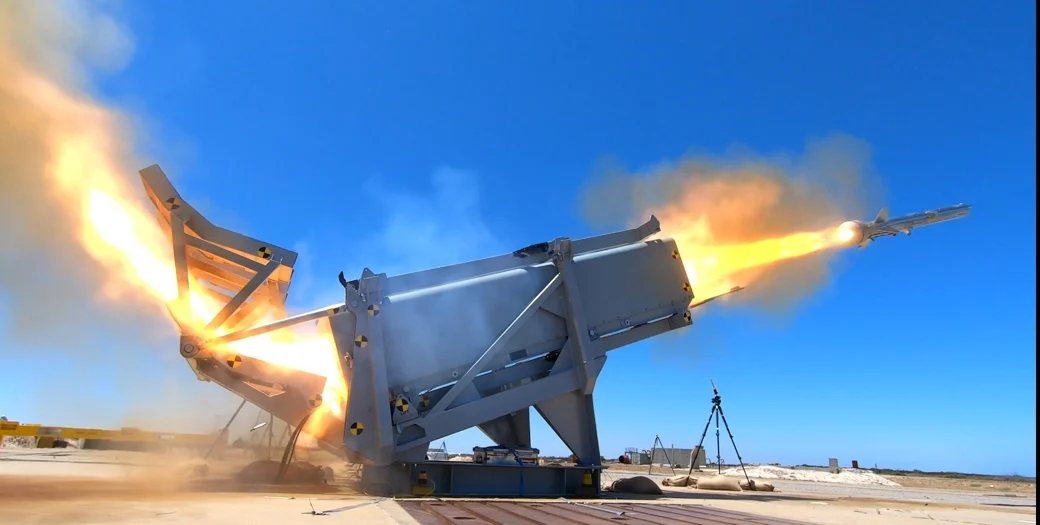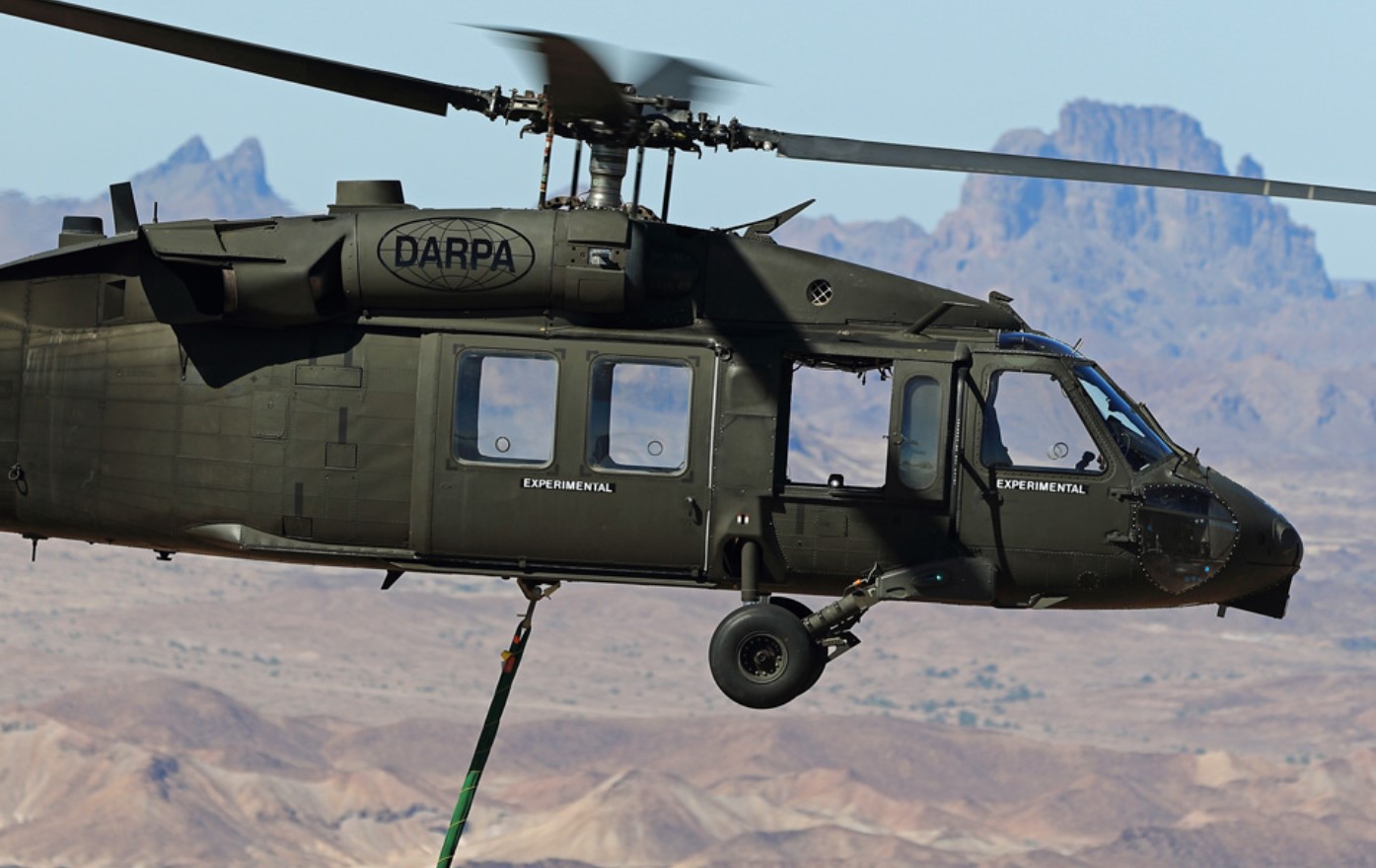The ongoing tensions in the South China Sea have escalated once again, as the Philippines has reported an aggressive incident involving the China Coast Guard near the disputed Scarborough Shoal. According to a statement from the Philippine government, Chinese vessels fired water cannons at a Philippine maritime patrol vessel and allegedly sideswiped it during a routine patrol on Wednesday. This incident has intensified the long-standing territorial disputes between the two nations.
The Philippine government claimed that the maritime patrol vessel BRP Datu Pagbuaya was conducting a routine operation in the vicinity of Bajo De Masinloc, a crucial fishing area for local fishermen. Video footage released by the Philippines appears to show a Chinese coast guard ship directing a high-pressure torrent of water at the Philippine vessel’s navigational antennas. In another clip, crew members aboard the Philippine ship can be heard shouting “Collision! Collision!” as the larger Chinese vessel approaches and reportedly collides with the smaller ship.
In a joint statement, the Philippine Coast Guard and the Bureau of Fisheries and Aquatic Resources articulated that the Chinese vessel intentionally sideswiped their ship before launching a second round of water cannon fire. This aggressive maneuver raised international concern regarding maritime freedom and safety in these contested waters.
In response, the China Coast Guard initially stated that Philippine ships had approached dangerously close, justifying their actions as lawful under maritime regulations. However, following the Philippines’ detailed account and footage of the incident, China accused Manila of spreading misleading and “bogus accusations” regarding the circumstances of the collision, claiming the Philippine ship had reversed and deliberately collided with its vessel. The authenticity of the video footage has not been independently verified by news organizations.
Scarborough Shoal has become an ongoing flashpoint between the Philippines and China since China seized control of it in 2012. The Philippines asserts that Chinese patrols consistently harass local fishermen, limiting access to the shoal’s rich fishing grounds. Situated approximately 240 kilometers west of Luzon and nearly 900 kilometers from Hainan, China’s nearest significant landmass, the shoal is a strategic site for both countries.
Tensions have markedly escalated between the two nations in recent weeks. The Philippine President Ferdinand Marcos signed two pivotal laws defining the country’s maritime boundaries and establishing designated lanes for foreign vessels. This legislative move led to China summoning the Philippine ambassador for discussions. Moreover, the security ties between the Philippines and the United States have tightened, illustrated by a recent deal that allows both countries to share classified military information.
In a related incident earlier this week, China reported taking control measures against Philippine vessels in the Spratly Islands, accusing them of “illegally gathering” in the area. The Philippines retaliated by highlighting a separate encounter where a Chinese navy helicopter allegedly harassed its fishing vessels, further exacerbating tensions in these contested waters.
The Philippine Coast Guard emphasized its commitment to ensuring the safety of its fishermen and maintaining their rights to fish freely in areas they consider their own, irrespective of the escalating military presence from Beijing. As these maritime disputes continue without resolution, regional stability remains precarious, with both nations entrenched in their respective positions over territorial rights in the South China Sea.


















